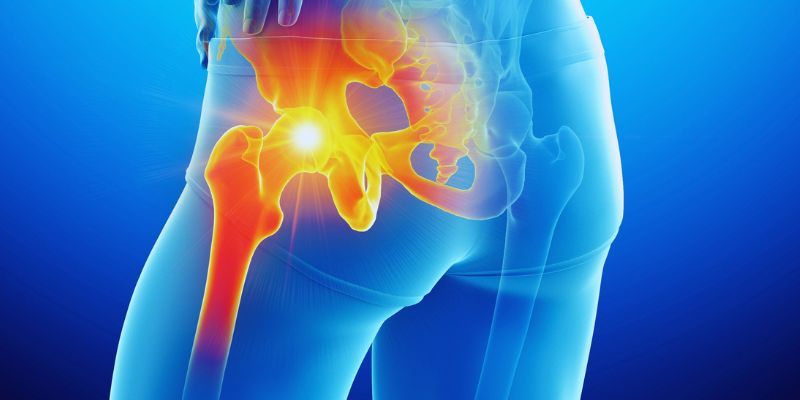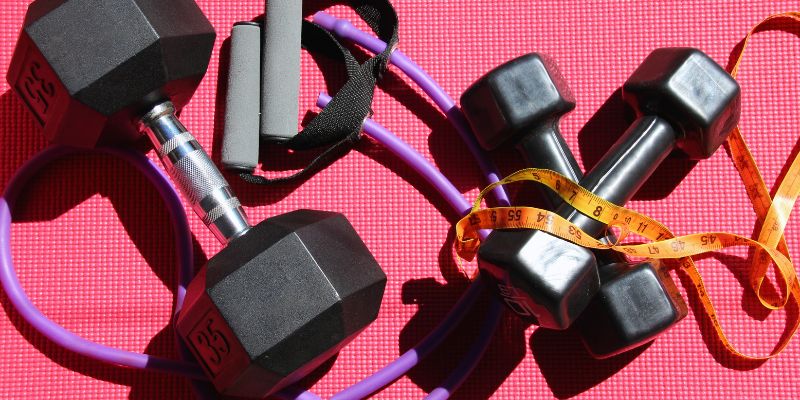Is a Few Minutes of Exercise a Day Enough to Prevent Hip Fractures
Strong bones are essential for maintaining independence and an active lifestyle. Hip fractures are a major concern for older people, as a basic fall can cause months of agony and healing. Many wonder whether a few minutes of daily exercise might help avoid these problems. The good news is that activity, even in minute doses, can strengthen bones and enhance balance.
Strength training and weight-bearing activities have been found in studies to lower fracture risk. The strength of the hips is maintained by walking, stretching, and balancing activities. However, is a few minutes of daily activity sufficient? This guide investigates whether brief workouts may truly make a difference and how mobility influences bone health. Knowing the correct workouts will help you to keep active for years to come and help safeguard your bones.
Why Are Hip Fractures a Serious Concern?
Particularly in elderly persons, hip fractures are a big health issue. Severe pain, loss of mobility, and protracted healing durations can all follow from them. Many patients suffering from hip fractures find it difficult to recover their freedom. Sometimes surgery is called for, then months of recovery. The effects of hip fractures on general health constitute one of the main hazards involved.
Long-term immobilization can cause blood clots, infections, and muscular atrophy. Studies reveal that fall-related injuries greatly lower elderly persons' life expectancy. Usually resulting from weak bones or poor balance, falls cause most hip fractures. Osteoporosis and other disorders raise the risk; hence, exercise and a good diet help to strengthen bones. Not only does preventing hip fractures maintain mobility, but it also enhances quality of life. Daily daily actions to preserve bone health can significantly help prevent major injuries.

How Exercise Strengthens Bones?
Living entity's bones evolve with time. Exercise stresses the bones, which stimulates their growth in strength. Among weight-bearing activities, walking and jogging push bones to help sustain body weight. This results in denser bones and less likelihood of breaking. Moreover, resistance training increases strength. Using resistance bands or lifting weights tones bones and muscles alike. However, another important component is coordination and balance. Especially in older persons, falls are the main cause of hip fractures.
Activities enhancing balance, such as yoga or tai chi, can help avoid falls. Additionally, supporting the joints and lowering the chance of injury are stronger muscles. Bone health might benefit even from little everyday exercises. Simple motions like standing on one leg or climbing stairs push on bones. These small actions help prevent osteoporosis, a condition that weakens bones and raises over-time fracture risk.
How Much Exercise Do You Need?
Age, health, and degree of fitness will all affect the quantity of activity required to preserve bones. Experts say at least 150 minutes of moderate exercise each week—about 20 minutes every day should be done. However, even ten minutes of mobility has advantages. Little spurts of exercise all day help muscles and bones get stronger. Easy activities like standing on one leg while brushing your teeth or walking five minutes per hour will help.
Bone health is further supported by stretching before bed or using the stairs rather than the elevator. These little actions increase balance and strengthen muscles, lowering fall risk. Studies reveal that keeping strong bones depends mostly on keeping active. Those who sit excessively could, over time, lose bone density. Maintaining consistency is the key. Little daily activities can also aid in maintaining strong bones and reduce hip fracture risk.

Best Exercises for Hip Fracture Prevention
For hip fractures especially, several activities are quite beneficial. They stress flexibility, balance, and strength. Among the better choices are these:
- Walking: Walking is an easy approach to building bones. This weight-bearing workout helps maintain strong hips. Even a quick ten-minute walk can benefit.
- Strength Training: Resistance bands or light weight lifting develop muscles. More robust muscles support joints and bones. Great for hip strength, including squats, lunges, and leg lifts.
- Balance Exercises: Good balance helps stop falls. Ten seconds of standing on one leg increases stability. Tai chi and yoga are also useful for coordination.
- Stretching: Flexible muscles relieve joint stress. Simple stretches help lower stiffness and increase movement. Stretching before and after exercise helps avoid injuries.
- Stair Climbing: Climbing and descending stairs work your bones and legs. It also advances cardiac health. Strong hips would benefit greatly from this everyday activity.
Short bouts of these exercises can also help to preserve bone strength. Regular completion of a handful of them reduces the likelihood of falls and fractures.
Can Too Much Exercise Harm Your Bones?
Bone health depends on exercise; too much might have detrimental consequences. Too intense, high-impact workouts could stress the bones and cause fractures or joint issues. When the body lacks calcium and vitamin D, overtraining can also result in bone loss. Regular strenuous exercise without enough rest might weaken bones. Sometimes, athletes who practice too much have stress fractures—that is when bones lack the time to mend.
Furthermore, too much activity can cause hormonal changes that might influence bone density and raise osteoporosis risk. One must strike a balance. A proper diet, rest days, and weight-bearing activities help maintain strong bones. Moderate, regular exercise is more effective than overtraining. Avoiding too much pressure and listening to your body guarantees that exercise enhances hip and bone health instead of damaging it.
Conclusion:
Mobility and independence depend on strong hips, which help with daily exercise. Even a few minutes can help strengthen bones and lower the fracture risk. Strength training, weight-bearing exercises, and balance activities help to keep bone density and stop falls. However, too much exercise or overtraining can weaken bones; hence, a balanced program is important. Over time, maintaining regular daily movement, eating healthy food, and allowing enough rest for your body will help promote hip condition. Little deeds now can result in better bones and a more active future for the next generations.










